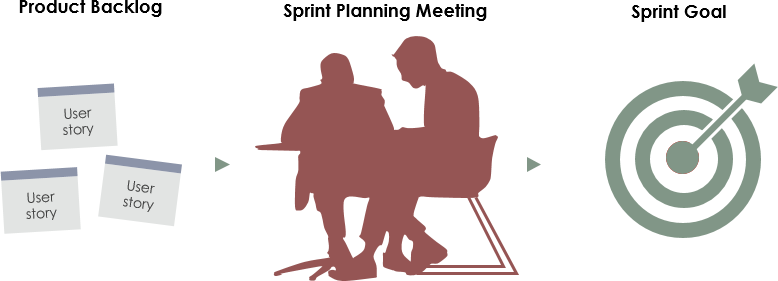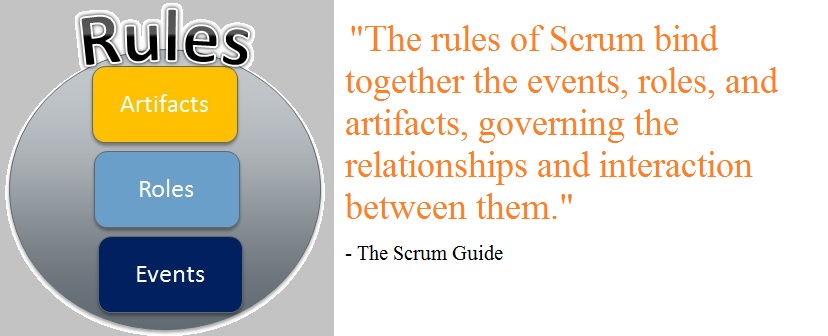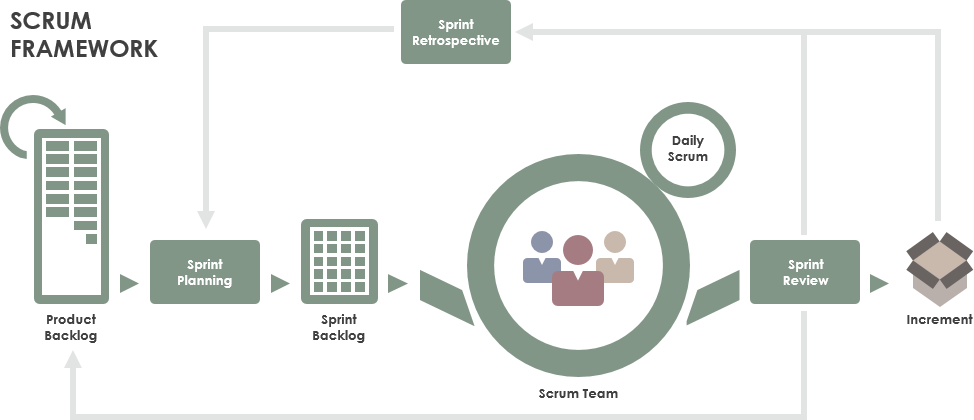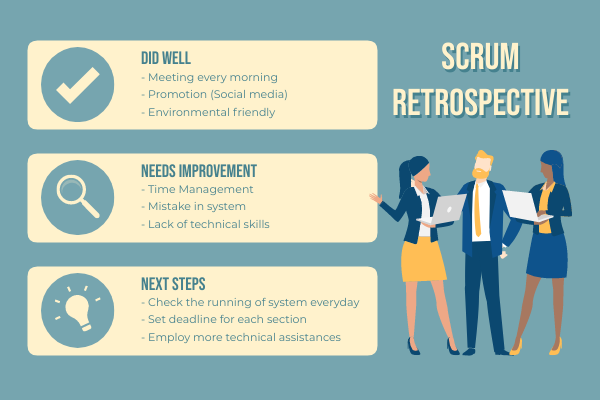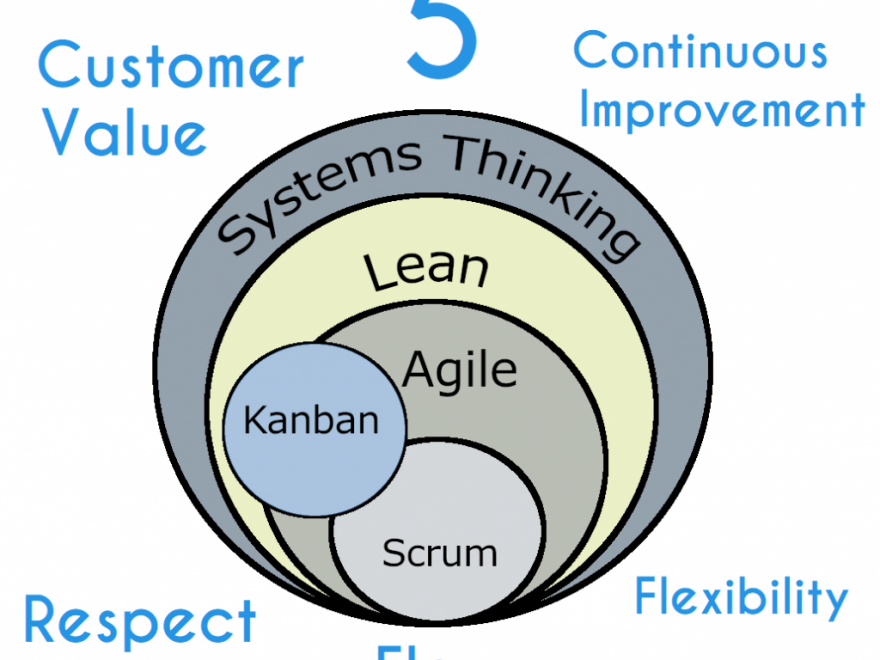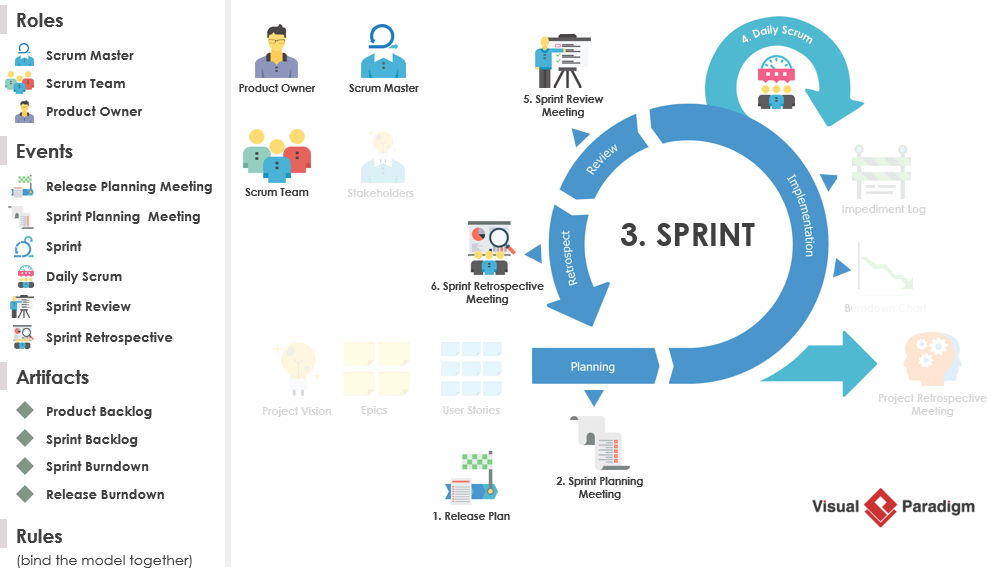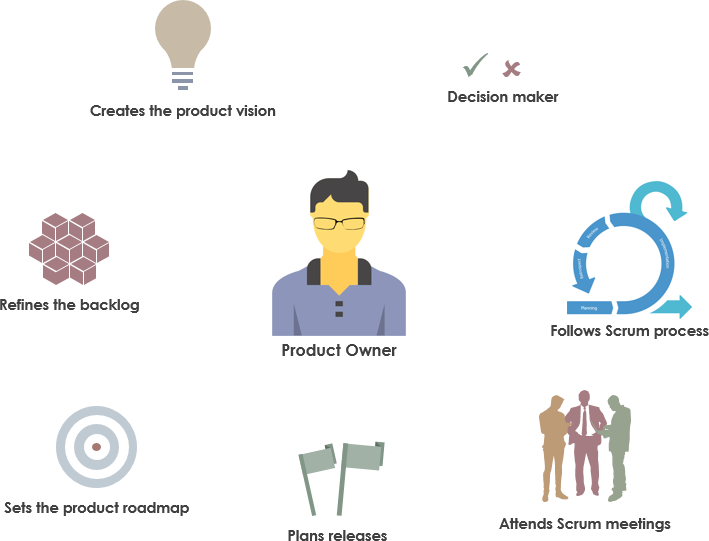The sprint planning meeting is held before the sprint begins. The purpose of this meeting is to define the sprint plan and set sprint goals. The sprint plan includes agreeing on the number of backlog items in the sprint that will be the responsibility of the development team, as well as determining the goals for the current sprint and sprint backlog.
Continue reading